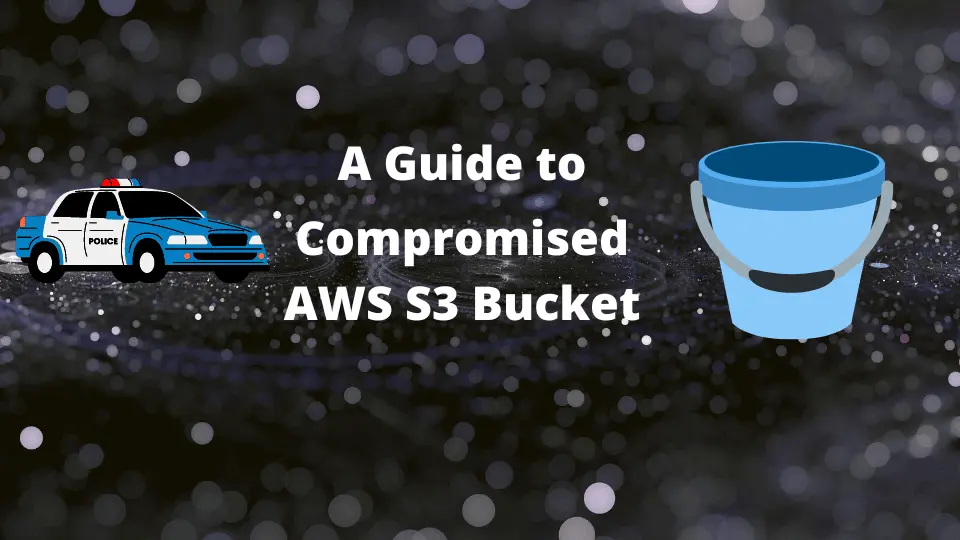A Guide to Handling a Compromised S3 Bucket

Steps to Take and How to Secure It
It's the nightmare scenario that every cloud storage user fears – discovering your Amazon S3 bucket has been compromised. When dealing with such a situation, there's no time to waste. Here are the steps you should take immediately:
1. Identify the compromised S3 bucket using Amazon GuardDuty
Amazon GuardDuty is a threat detection service that continuously monitors your AWS environment for potential malicious activity. If GuardDuty detects any unusual behavior, it will generate a detailed security finding that you can use to identify the affected S3 bucket.
2. Identify the source of the malicious activity using AWS CloudTrail or Amazon Detective
The next step is to understand how your S3 bucket was compromised in the first place. This involves determining which Identity and Access Management (IAM) user or role was responsible for the unwanted activity. AWS CloudTrail or Amazon Detective can help you with this task by providing a detailed record of all API calls made in your AWS environment.
3. Identify whether the source was authorized to make those API calls
Investigate whether the IAM user or role involved in the incident was authorized to make the problematic API calls. Sometimes, the compromise may stem from a compromised IAM user or role with excessive permissions. By identifying this, you can rectify the permissions to prevent further incidents.
4. Secure your S3 bucket
After identifying and addressing the immediate threat, your next priority should be to secure your S3 bucket to prevent future incidents. Here are some recommended settings to help you do so:
- S3 Block Public Access Settings
This is a set of settings that you can configure at the account or the bucket level to prevent public access to your S3 resources. They're designed to help you ensure that you don't accidentally expose sensitive data to the public.
- S3 Bucket policies and User Policies
S3 bucket policies define who can or cannot do with the objects in a specific S3 bucket, while user policies define what actions an IAM user can perform in AWS. Properly setting these policies can provide an additional layer of security by ensuring that only authorized users can access or modify your S3 resources.
- VPC Endpoints for S3
VPC endpoints for S3 provide secure, private connectivity between your Virtual Private Clouds (VPCs) and Amazon S3. By routing data between your VPC and S3 entirely within the AWS network, you can prevent exposure to the public internet, thereby enhancing your data security.
- S3 Presigned URLs
Presigned URLs provide secure, temporary access to an object in your S3 bucket. You can use them to share an object with someone else, or to provide temporary access to an object that would normally be private. They're useful for situations where you want to control access to your S3 data without requiring users to have an AWS account.
- S3 Access Points
S3 Access Points simplify managing data access at scale for shared datasets in S3. With S3 Access Points, you can create unique hostnames with specific permissions for each application or sets of applications, thereby limiting access and protecting your data.
When it comes to securing your Amazon S3 buckets, prevention is always better than cure. Implementing these recommended settings can help keep your data safe and secure. However, in the event that your S3 bucket is compromised, following the steps outlined above will allow you to quickly address the issue and prevent further harm.
Cheers.